PREFACE
In this time of chaos, do you find yourself asking these questions?
- What would happen if we lost cell phone and Internet communications?
- How will I stay in touch with my loved ones?
- How will I stay informed?
- How will I know what is coming and when?
These questions are only natural, as humans are beings that were designed by God to draw together in community and communion. “Communication” is derived from the Latin word “Communicatio”, which meant a sharing or imparting.
History of Communications
Throughout history, communications, and the means of communicating, has been of great importance.
- Pheidippides – Runner from Marathon to Sparta to request help (send word, communications).
- Smoke Signals – American Indian means of sending messages across the prairie.
- The Pony Express – Means of getting letters across the growing United States.
- Telephone – Invented by Alexander Graham Bell to allow verbal communication across great distances.
- Radio – First proven by Guglielmo Marconi as a means of communicating via radio waves.
Modern Communications
- WWI saw the first widespread use of radio wave transmissions for communications.
- Amateur radio started in the early 1900’s, but the US ordered amateur radio operators to cease operation during WWI (1917-1919).
- The curiosity and ingenuity of amateur radio operators led to some of the biggest advances in radio communications throughout the 20th century.
Advancements
- Television
- Wireless Telephone
- Portable Radio
- AM/FM Broadcast
- Cellular Phone
- Internet
- GPS
So What?
This is all well and good, buy SO WHAT? What does this have to do with CORAC?
I’m glad you asked…
Importance of Radio:
- In this modern world, we have become dependent on a lot of communications mediums, such as cell phones, the Internet, GPS for staying in touch and guiding us to where we need to go, etc. What happens if, and when, we lose those things that we take for granted?
- No longer able to communicate with our friends and family, lose our means of knowing what is going on, have trouble in finding our way.
Radios do not go down and the government cannot shut it down without hurting themselves even more than those they are trying to quiet!
RADIO BASICS
- Radio waves are produced by exciting an antenna with electricity at a specific frequency.
- Frequency is measured as a set number of waves per a period of time (per second).
- One wave in a second is called 1 Hertz.
- Since useable radio waves are at such a high frequency, the metric system is used to measure.
- 1000 Hertz is 1 Kilohertz, 1000 Kilohertz is 1 Megahertz.
- These are abbreviated as Hz, KHz, and MHz.
Bandwith
- A range of frequencies within a given band (High Frequency (HF), Very High Frequency (VHF),
- Ultra High Frequency (UHF)), in particular that is used for transmitting a signal.
- Bandwidth is measured in Meters.
- If you could “see” a radio wave, one full wave (from peak, through valley, back to next peak)
- in a given frequency determines how many “meters” that frequency grouping is.
- HF is between 10 and 80 Meters.
Radio
- The transmission and reception of electromagnetic waves of radio frequency.
- Different useable bands, each has benefits and shortfalls. Most applicable to us: 1) High Frequency (HF): 3 to 30 MHz (10 – 100 Meter wavelength), 2) Very High Frequency (VHF): 30 – 300 MHz (1 – 2 Meter wavelength), 3) Ultra High Frequency (UHF): 300 MHz – 3 GHz (10 CM to 1 Meter).\
Different Types of Radios

RECOMMENDATIONS
- The most frequently asked question is “What is the best radio for me to get?”
- The truth is that, for the most part, they are all good (some slightly more, others slightly less).
- Some are easy to use, others are more complex.
- Cost is a factor; radios can run from $20 to $12,000 or more.
- License requirements for some radios can be an inhibitor (although in an emergency, licensing requirements can be disregarded).
- Infrastructure requirements can be more costly than the radio itself (i.e. antenna, cabling, power supply, grounding, etc.).
With all this in mind, the following recommendations are based more on my familiarity with the product and instructions that have been documented by the CORAC communications team to make your radios useful.
For those who are not licensed and want to hear HF radio transmissions (no transmit capability), shortwave receivers are your best bet. Make sure it has Single Side Band (SSB) capability. Also, a larger, external antenna is a must for best reception.
- Tecsun PL-880 – Great shortwave receiver, multiple bandwidth filters, but can be expensive ($150 – $200).
- Tecsun PL-660 – Best sensitivity, less expensive ($100 – $140), less capabilities.
Short range communications (transmit capability, no license):
- Midland LXT600VP3 FRS – Great short-range two-way communications radios, NOAA weather scan.
– Claims up to 30-mile range, but that is in the most ideal situation, best normal range will be roughly 1 – 2 miles.
– Fairly simple to use, 36 separate channels, 121 privacy codes.
– Relatively cheap, can get a pair for $50 on Amazon, 3 pack for $75, 8 pack for $310.
Short range communications (transmit capability, license required):
- Midland GXT1000G – Greater range than FRS due to increase power output.
– GMRS and FRS combined for 50 channels, 142 privacy codes.
– Requires license, but no test required, and license covers entire family for 10 years (currently $70, soon to change to $35).
– Claims 36-mile range, but that is in the most ideal situation, best normal range would be 5 – 8 miles.
Ham radio is much more complex than the previously listed radios.
- Requires license, which a test is required to achieve licensing.
- Three levels of license, technician, general, and amateur extra:
– Technician gets access to VHF/UHF bands (short-distance).
– General gets access to most HF bands (potentially global range).
– Amateur Extra gest access to remaining amateur frequencies.
For VHF/UHF, we recommend two handheld radios.
- Not better than others, just CORAC has step-by-step instructions on how to configure these radios.
- Yaesu FT-60R UHF/VHF Handheld radio.
- Baofeng BF-F8HP UHF/VHF Handheld radio.
With all this information, what should you consider doing? In order of priority, we recommend, at minimum, the following:
- HF Shortwave Radio Receiver.
- Get a few (2 to 6) cheap GMRS walkie-talkies.
- Get a NOAA Weather Radio receiver (many shortwave and GMRS radios have them built-in).
- Basic AM/FM battery powered radio (many shortwave radios have this capability, also).
- Public service scanner (local police/fire/EMS).
- VHF/UHF Amateur Radio for local amateur radio comms in your area.
- HF Amateur Radio for national amateur radio communications.
We are NOT recommending all of these (unless you have the means), so start from the top and work your way down.
Some of these can be combined; a HF Shortwave Receiver can have the NOAA and AM/FM capabilities built-in, so one radio could cover three of the above.
No matter what radio you get, we recommend the following:
- Buy extra batteries for your radio. We also recommend getting either a couple 12V AGM batteries and/or small solar systems to run/charge your radios.
- Buy recommended enhanced antennas.
- Keep all batteries charged for emergency situations
- Buy a car charger for your radio so you can charge from your car, if necessary.
- Buy “The ARRL Repeater Directory (latest edition)” to get information on local repeaters throughout the country.
- Get the ARRL Repeater Directory >
- Reach out to any local Amateur Radio Clubs in your area, find out where they are. In an emergency situation, they will be manning their shacks and will be able to provide information.
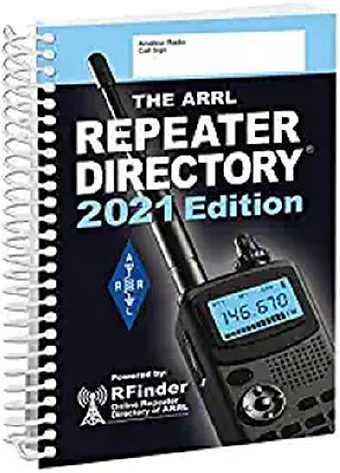
DIGITAL COMMUNICATIONS
Can’t live without email and chat? Don’t worry, amateur radio has these!
- Winlink – Email over amateur radio: 1) Can send and receive email even when/if Internet is down. 2) Better than voice communications as is less susceptible to noise.
- JS8Call – 1) Chatroom over amateur radio (HF), 2) Works well with weak signal, 3) Store and forward capability.
CORAC HF NET
The Communications team has established a weekly HF net specifically for CORAC!
- Occurs every Sunday at 5:30 PM Eastern.
- Check the latest schedule and information to participate.
- If you hear non-CORAC information on the primary frequency, switch to the secondary. If you experience the same on the secondary, switch to tertiary.
- This allows sharing of CORAC information and connecting with other CORAC Ham radio operators. If unlicensed, please use a shortwave radio to listen in!
Conclusion
During chaotic situations, life can be extremely stressful! Not knowing what is going on, especially with family and close friends, just adds to that stress. This is where radio communications comes in handy. From being able to hear weather updates, emergency response transmissions, and being able to stay in touch with those dear to you can go a long way towards alleviating some of that stress. Knowing that you are prepared to face those kinds of situations can also provide you with some additional peace-of-mind.


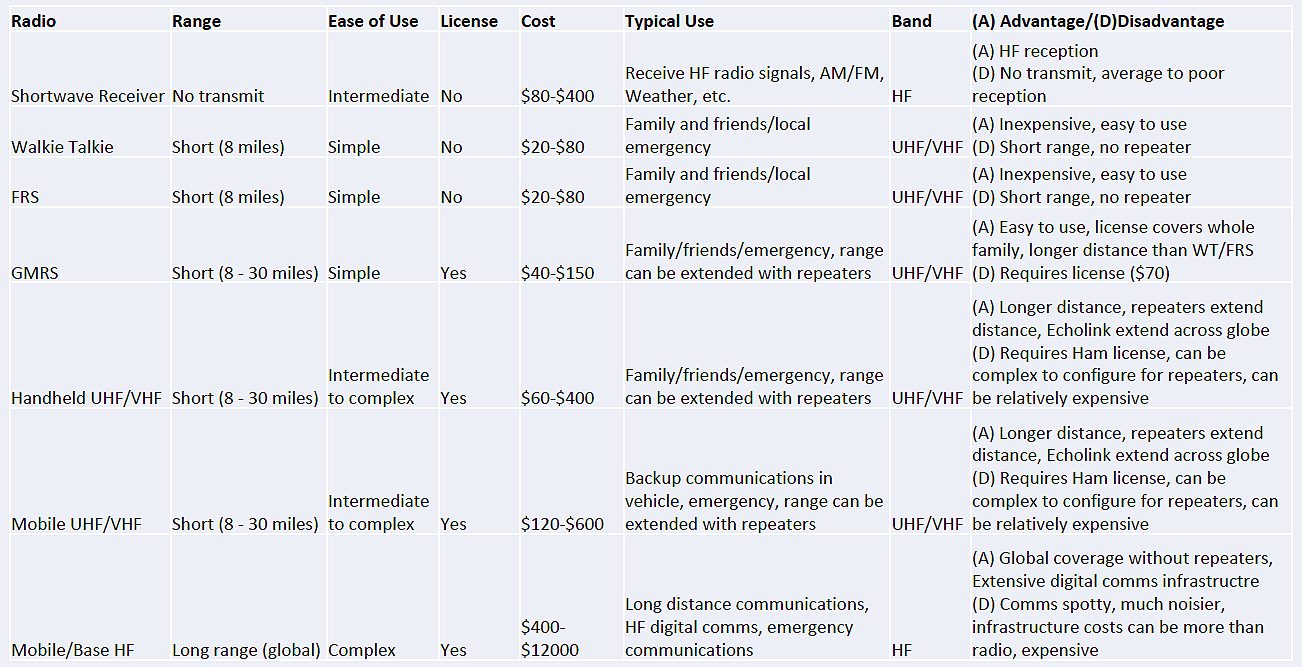


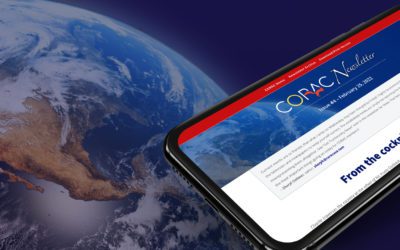
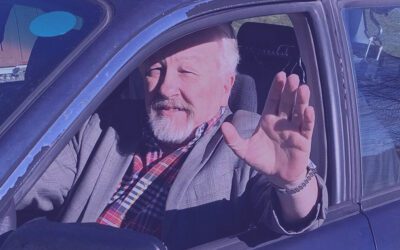
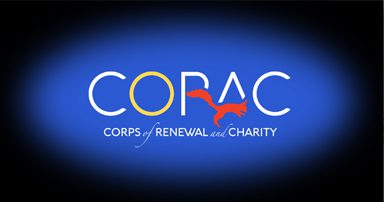
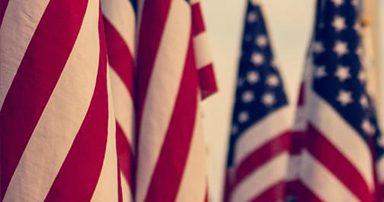



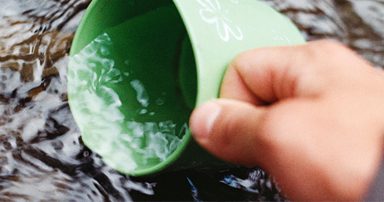
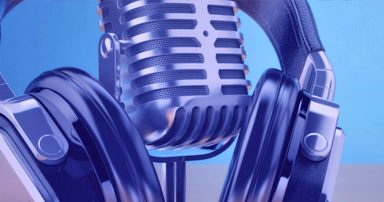
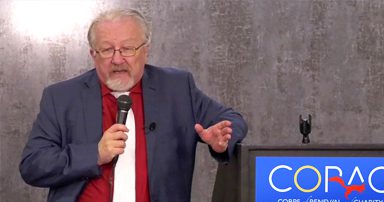


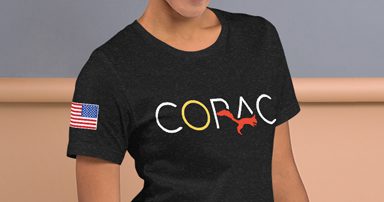
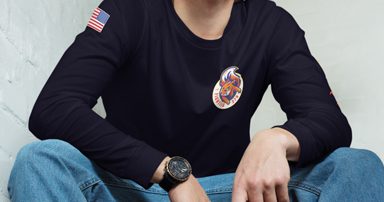
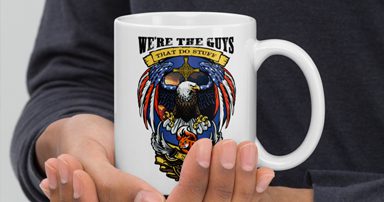
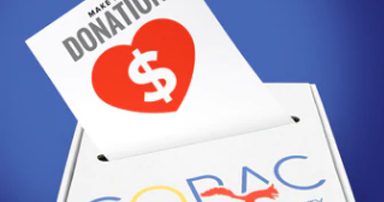

0 Comments